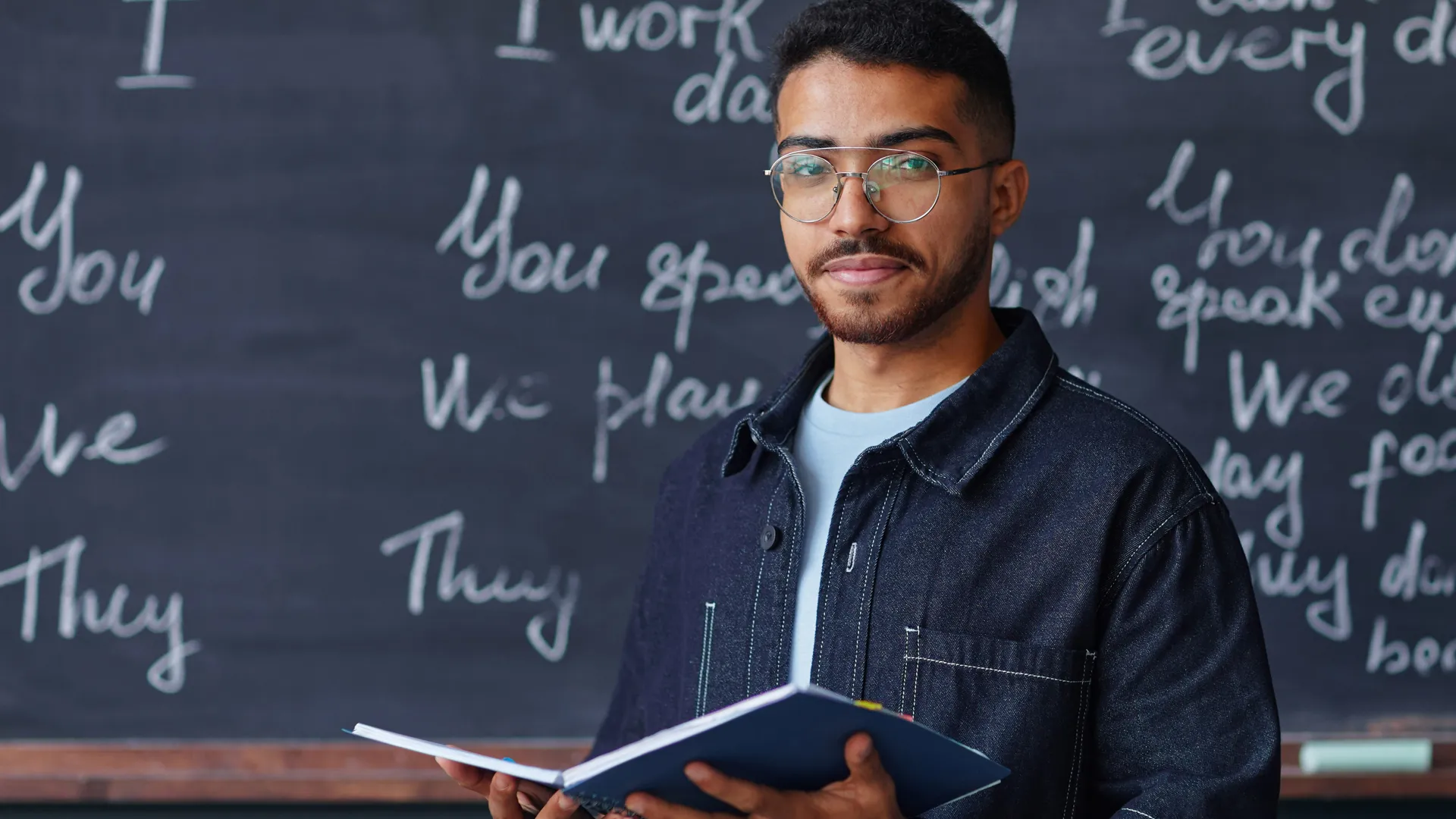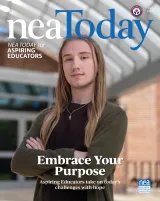During the 2024 election, University of Wisconsin-Madison student Kate Meyer and her cooperating teacher were giving a lesson to middle schoolers about the branches of the U.S. government and how elections work. The students had a lot of questions.
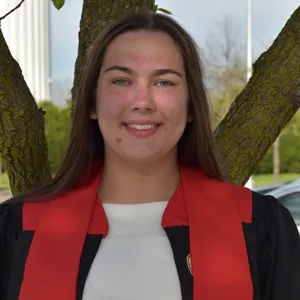
It was helpful to give them space to ask questions like, “Why is this happening? Why was this said during this debate?” says Meyer, who is also president of Aspiring Educators (AE) for her state.
In an increasingly polarized political climate, AEs are preparing to navigate classroom discussions on current events. With growing scrutiny of educators and shifting guidelines about topics that can be covered in the classroom, the conversations are trickier than ever.
Discussing current events
Many of Meyer’s students were surprised by the outcome of the election, and some had strong emotional reactions, she says. To support students and encourage respectful dialogue, Meyer and her cooperating teacher set aside time each day for conversation in a restorative justice circle.
“The students needed a space where they could talk through their emotions, what was scaring them for the future, and how could we move forward,” she says.
“Having built a classroom community that is really centered around respect and kindness, we were able to have harder conversations, and conversations where not everybody was agreeing,” Meyer adds.
Teaching tough topics with care
Steph Littlebird is an Indigenous artist who often visits classrooms in and around Portland, Ore., to teach students about Native culture and history.
“I sneak in some stuff that might blow their mind or conflict with their ideas of history, but I do it in a way that is approachable and doesn't point fingers,” Littlebird says.
In discussing current events, Littlebird tries to relate to students’ lived experiences and teach about controversial topics without explicitly mentioning them. For example, their forthcoming book, “You Are the Land,” addresses climate change, but frames it through a child’s connection to the Earth.
“The environment is directly connected to them, and their body is an extension of the environment. So, if you can care for the environment, … you are taking care of yourself,” says Littlebird. “There are values tied to these ideas without having to say a word about climate change.”
It’s important to be intentional about what you teach, Littlebird adds. When preparing a new lesson, they first gather reputable research, such as books about Native people written by Native people. After reading up on a topic, Littlebird feels more comfortable bringing it into the classroom.
Building a sense of belonging with diverse stories
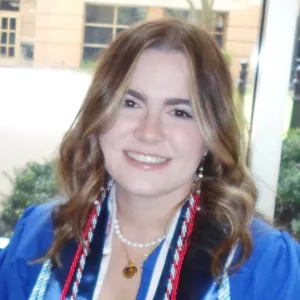
Mickenzie Atkins just graduated from Michigan’s Grand Valley State University, and education has changed a lot since she started college.
On the positive side, she notes, there’s more awareness about and support for mental health issues and cultural differences. However, she’s also seen more pushback from parents and districts about curriculum content and books about race and LGBTQ+ topics.
To help create a safe space for students, Atkins’ mentor teacher dedicated a shelf in her classroom to books from diverse perspectives. That’s something Atkins wants to emulate when she becomes a teacher.
Meeting students where they are
Littlebird says a lot of this backlash around discussing an accurate history of race in the U.S. is just fear manifesting itself among those who are uncomfortable with confronting painful truths. They recommend talking about histories and events in a straightforward way and continuing to teach a true and diverse history.
“If you can stay grounded when being confronted by people who might be upset by your decisions, you will automatically keep your footing within that debate, because … there is nothing to be upset about,” Littlebird says. “We are simply teaching the truth of history.”
Gabriel Mendoza Jr., president of the California Teachers Association-AE program and a student at the University of California, Berkeley, works in early childhood education—a path influenced by his mom, who owns an early child care center. Mendoza says even the youngest students notice current events, especially when it affects their families or communities.
Quote byGabriel Mendoza Jr.
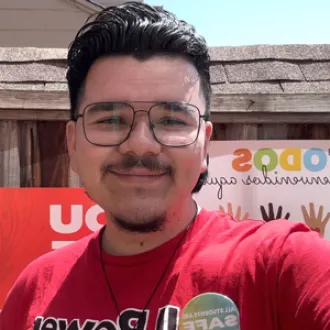
Living in San Diego he sees anti-immigration policies play out in real time, and his students come to school navigating those realities, especially when bilingual and ethnic studies have come under attack.
“Students don't leave their realities at the classroom door,” he says. “It's important that we start to create spaces again where they feel safe, seen, and heard. Especially now, when things are insanely polarized.”
Affirming practices that promote student success
Meyer connected with her middle schoolers by teaching diverse stories. In a lesson on “soapbox speeches,” she used one by Harvey Milk, who became the first openly gay man to be elected to public office in California, in 1977. Meyer explained the entire context and history behind the speech, instead of only focusing on its rhetoric.
“Afterward, a few of my queer students came up to me and said, ‘Thank you, I didn't know about this. I don't feel like I learn about gay history in any of our classes,’” she says.
Meyer amplifies student voices by affirming their knowledge, encouraging discussions, and allowing them to answer one another’s questions.
“I like to tell my students … they could be experts on this by the end of [the unit],” she says.
She also shows them examples of how their voices could make an impact, such as when politicians listen to their constituents and act accordingly. Meyer showed them a video of New Jersey Sen. Cory Booker’s filibuster on the Senate floor in April, where he protested against what he described as threats to democracy, erosion of institutions, and unchecked executive power.
In this unit, her students had to identify an issue that mattered to them—unfair dress codes, academic pressure, or internet access. Their task was to explain why it was an issue people should care about, offer solutions to the problem, create an “ask” of their target audience, and then find the person with the decision-making power to help create the change they sought.
“That really struck them, that it's not something in the future,” Meyer says. “They don’t have to wait until they're 18. It is current day, [and] their voice has value.”
Mendoza says he wants to fill his classroom with texts that reflect his students’ identities.
Students don’t need perfection from their educators, they need presence, Mendoza notes. He intends to show up with joy and respect for all his students, and to use song, play, and storytelling as outlets for students to express themselves.
“Even if I'm not allowed to directly teach certain topics, I can always teach about kindness, fairness, and empathy,” he says. “Because these are our foundational values in education and in early childhood.”
Unions deliver when educators need support
Through Aspiring Educators of Michigan (AEM), Atkins says, she helped increase resources and build a sense of community for members, including herself. For example, AEM had a book club where they read “Teaching When the World Is on Fire” by Lisa Delpit.
“It was just open conversations. There was no structure to it,” she says. “But … being able to have that foundation and that community, and then have those conversations was amazing.”
Atkins’ goal is to work in a supportive school district that will help her if she experiences any pushback to having an inclusive classroom, especially as an aspiring English teacher. She also knows that having a union will help, too.
